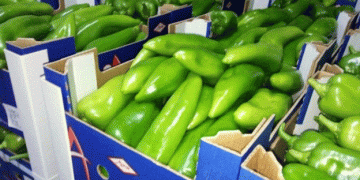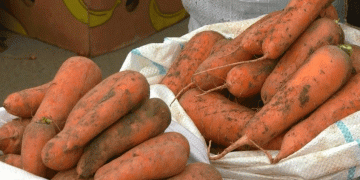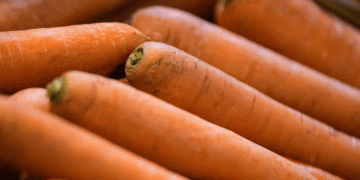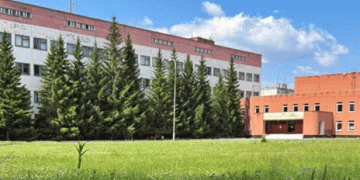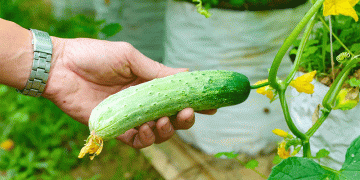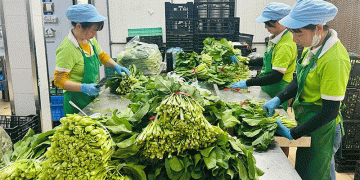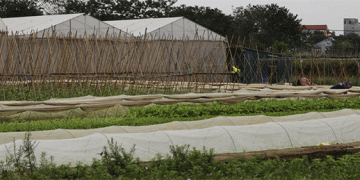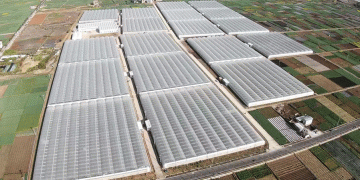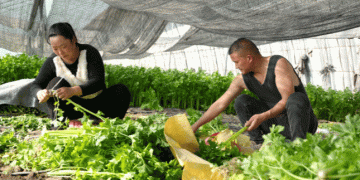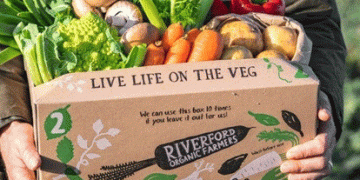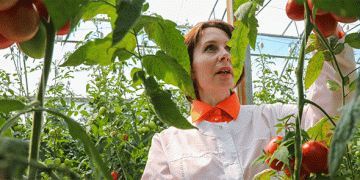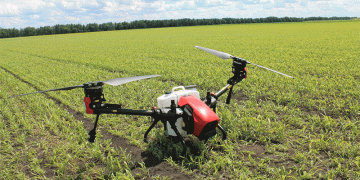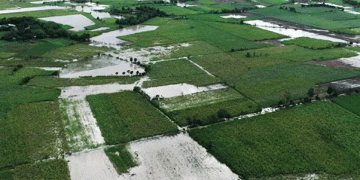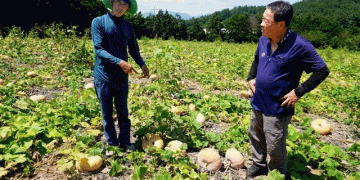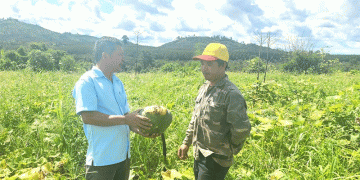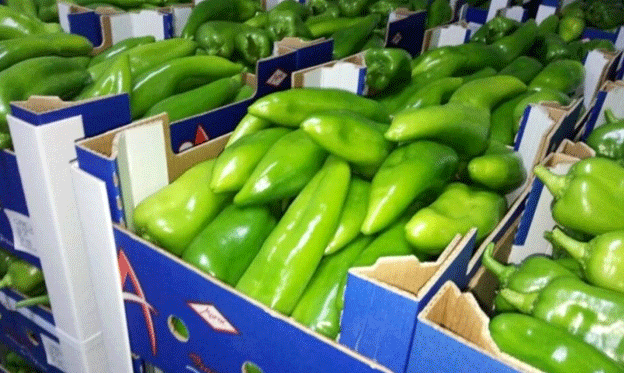As 2025 unfolds, Moroccan pepper growers are navigating a paradoxical market: historic demand from European importers coupled with a significant decline in yields. While production difficulties in Spain and other European countries have created an urgent need for reliable sources of sweet peppers, Moroccan farmers are grappling with cold temperatures that have limited their ability to meet the surge in demand.
European Production Struggles Spark Shift Toward Morocco
Spain, traditionally one of Europe’s largest bell pepper suppliers, has experienced severe disruptions in its pepper production due to adverse weather conditions and increased phytosanitary issues, particularly from pests like thrips (Frankliniella occidentalis). According to Spanish growers’ associations, up to 25% of crops in Almería were compromised this season, with many producers ending the harvest early to avoid further losses (FreshPlaza).
This created a supply vacuum across Europe, prompting buyers in Germany, the UK, the Netherlands, France, and Spain to look to Morocco as a primary alternative.
Moroccan Yields Hit by Cold Temperatures
However, Morocco’s own production has not been immune to challenges. The Souss-Massa region, which accounts for a large portion of the country’s pepper output, has experienced unusually low temperatures since the season began in November. According to Agadir-based grower Amine Amanatoullah, this led to a 30% reduction in yields compared to the previous year. Growers are hopeful that yields will recover in April and May as temperatures rise.
Despite the setback, the Moroccan crop has remained relatively resilient against common viral pressures, unlike the heightened phytosanitary issues seen across Europe. This relative stability has positioned Moroccan peppers as a strategic solution to current market gaps.
Prices Tripled—Even Quadrupled
Due to the shortfall in volumes and heightened demand, prices for Moroccan peppers have skyrocketed. On average, prices have tripled—and in some cases quadrupled—compared to last year’s figures. These figures are unprecedented and demonstrate how sensitive the European market is to production disruptions in key growing regions.
The most sought-after Moroccan varieties this season include:
- California (blocky bell peppers)
- Red sweet peppers
- Kapia (long, pointed red variety)
- Standard elongated green peppers (to a lesser extent)
Global Context and Future Outlook
Morocco’s pepper exports have grown steadily in recent years. According to Trade Map, Morocco exported over 170,000 tonnes of peppers in 2023, primarily to Europe. With ongoing climate volatility and persistent pest pressure in Europe, Moroccan peppers are expected to play a growing role in securing year-round supply for European consumers.
Still, reliance on a limited production window and vulnerability to weather swings highlight the need for greater investment in greenhouse infrastructure and cold-resilient pepper varieties in Morocco. Some producers are already exploring climate-controlled environments to ensure more stable output across seasons.
The Moroccan pepper industry stands at the center of a volatile but opportunistic market in 2025. While demand is booming due to European production challenges, the country’s own climatic vulnerabilities emphasize the importance of resilient production strategies. For farmers, agronomists, and industry stakeholders, the Moroccan case underscores the need for adaptation in an era of climatic unpredictability and shifting global trade patterns.
